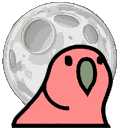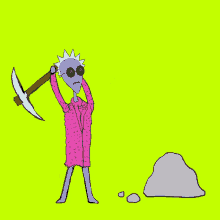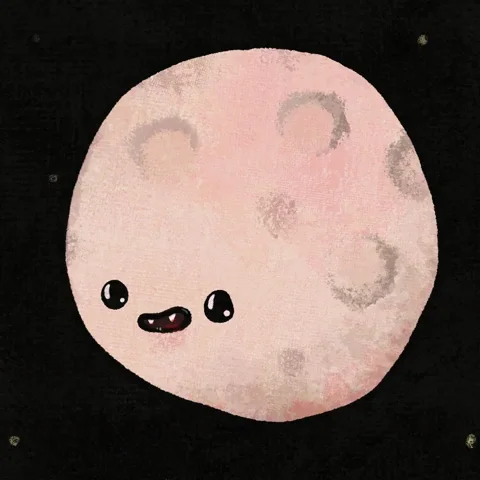Moon! Yes you are right, Earth is about to get a temporary new companion in space, and while it’s not going to cause any jealous stares from our old lunar buddy, it’s still kind of a big deal. Meet “2024 PT5”, an asteroid-turned-mini-moon, set to stay in our planetary party from “September 29 to November 25, 2024” .It’s more like a polite flyby guest, staying just long enough before drifting back off into space.
–What’s a Mini-Moon Anyway?
Think of a mini-moon as that one friend who shows up at your house unexpectedly but doesn’t stay long enough to get annoying. These mini-moons are asteroids temporarily caught by Earth’s gravity, ‘2024 PT5’, at just 33 feet (10 meters) wide, is on the smaller side, more like a coffee table in space. But hey, size doesn’t matter—it’s all about the vibes.

The asteroid is part of the Arjuna asteroids, a cool little group of space rocks that hang out near Earth and occasionally drop by unannounced, just like interplanetary neighbours borrowing sugar. And while it’s here, mini moon will orbit our planet for about 56 days.

–The Science Behind the Party Crash
Discovered by the ATLAS survey in August 2024, ‘mini moon’ got its invitation to Earth’s gravitational field thanks to a combination of low speed and proximity. Think of it as the slow guy at a dance party who gets pulled into the centre of the room because no one noticed him until now. It won’t actually complete a full orbit around Earth (no commitment issues here), but it’ll make a nice little loop before heading back to its regular orbit around the sun.

And here’s the kicker : mini moon is like that friend who visits but keeps promising to come back. After this flyby, it’s scheduled to pass by Earth again in January 2025, before heading off for a while, only to show up again in 2055. Mark your calendars, folks—it’s the guest that keeps on giving.

–Can You See It? (Spoiler: Nope)
Now, before you get all excited about setting up your telescope and inviting friends over for a mini-moon viewing party, we’ve got some bad news. This mini moon will be way too dim for most people to spot, even with a telescope. It’s going to be hanging out at a magnitude of 22, which is basically the astronomical equivalent of a ninja—it’s there, but you won’t see it. So unless you’ve got some seriously high-tech gear (and a lot of patience), this mini-moon is more of a “know-it’s-there” situation.

–Why Should You Care About This little Guest?
Besides being an interesting conversation starter at parties, mini-moons like 2024 PT5 could hold the key to future space exploration. These rocks are rich in minerals and water, which could one day be harvested for fuel or other resources.So, while this ‘mini moon’ won’t be staying long enough to contribute to the rent, it might help pave the way for asteroid mining and space exploration.

–Final Thoughts: Don’t Forget to Wave!
Although ‘mini moon’ isn’t going to outshine the Moon or even give us a decent light show, its short stay in Earth’s gravitational field is a reminder of how lively and unpredictable our cosmic neighbourhood can be. So, while it’s here, give a GOODBYE to our temporary guest.

Who knows, maybe in 2055, when this ‘mini moon’ will swing by again, we’ll all be out there mining asteroids and riding space elevators. Until then, safe travels, little mini-moon!
Keep looking up and stay curious! We never know what cool surprises space has in store for us next.



4 responses to “Earth’s New Roommate: Say Hello to Our Mini-Moon !”
Very good information
खूप छान
very well written! keep writing and enlightening us with the space stories!
It’s really amazing to see you writting in this innovative way.All the very best.